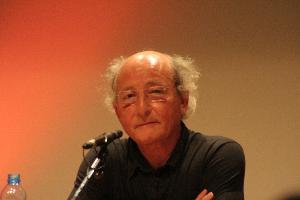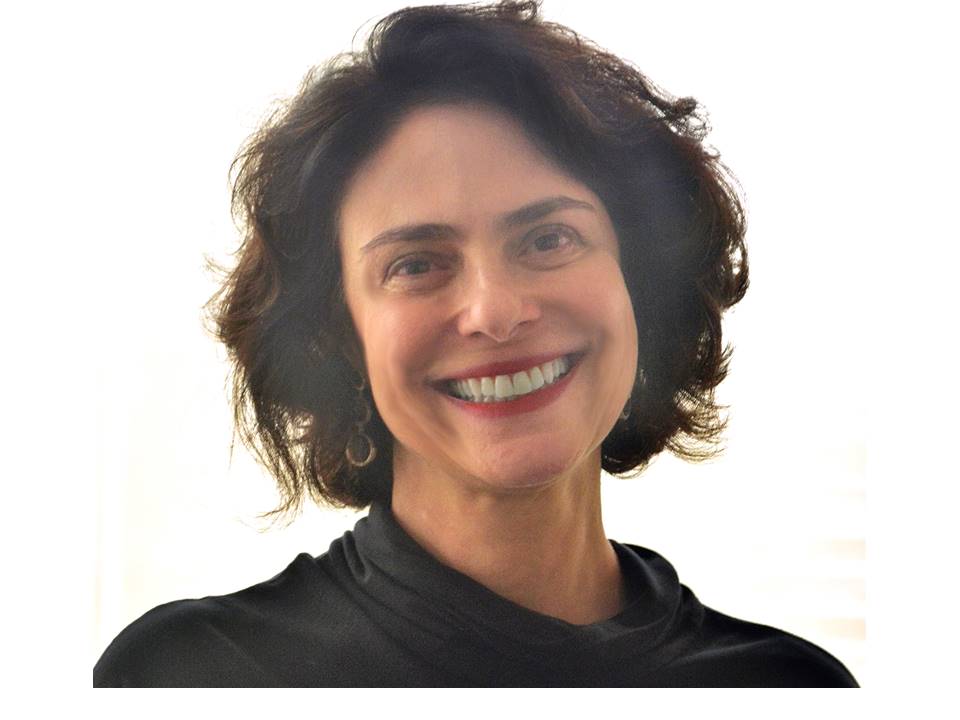Pain: On Psychoanalysis’ Crisscross with Poetic and Pictorial Expression
Freud first underlined the crisscross of psychoanalysis with other fields of human knowledge such as culture and art.
In this webinar we will address the question of the contribution of art to the theoretical development of psychoanalysis, a contribution centred on the question of pain. If pain in psychoanalytic theory remains in its enigmatic essence, poetic writing as well as pictorial art, have the power to penetrate this pain-enigma. Dreams, free association, poetic and pictorial expression will be examined as psychic passages that are potentially opened up within a person in order to express and to treat his or her distress, while analyst and patient share this process with artists to develop their own self-analytic and creative endeavour.
Jean-Claude Rolland proposes to develop this crisscross through Paul Célan and Charles Baudelaire for poetic word, and through Leonardo da Vinci for pictorial expression in connection with one of his most moving and mysterious paintings, the portrait of Ginevra de Benci.
Silvana Rea will crisscross psychoanalysis and art based on the experience between receiver and work of art. For this purpose, the poetic work of contemporary Brazilian artist, Flávia Ribeiro, which Silvana accompanied in her atelier for some years, will be approached in reading.
Meg Harris Williams proposes to present the ‘burden of the mystery’ as seen in Keats’ ‘Ode on Melancholy’, in the light of the lonely problem of tolerating the mixed reactions to pain and beauty that stimulate our self-knowledge.
 Jean-Claude Rolland
Jean-Claude Rolland – is a psychoanalyst, training member of the French Psychoanalytic Association, and he was its president in 1994-1995. Member of the IPA, he is a former European representative of the IPA board. He works in Lyon, and co-edited the Libres Cahiers pour la Psychoanalyse. He is the author at Gallimard of “Healing from the Ache of Loving” (1998), “Before being the One who Speaks” (2006), “The Eyes of the Soul” (2010), “Four Essays on the Life of the Soul” (2015) and his latest book “Talk and Soul” is in print.
Download paper
 Silvana Rea
Silvana Rea – is a full member and Scientific Director of the Brazilian Society of Psychoanalysis of São Paulo. Graduated in cinema and psychology, Master and PhD in art psychology at Universidad de São Paulo, she was editor of the Brazilian Journal of Psychoanalysis. She is author of the books, “Through the Pores of the World: A Psychoanalytical Reading of the Poetry of Flávia Ribeiro” and “Transformativadade: Approximations Between Psychoanalysis and Art”. She has also published some articles, such as, “The Pillow Book”, “Ismael Nery and the Androgynous as Cosmogony”, “The Aesthetic Dimension of the Experience of the Other”, “Freud and H.D.: Psychoanalysis in Free Verses”, “Lygia Clark: Art is Life”.
Download paper
 Meg Harris Williams
Meg Harris Williams – is a literary critic specialising in the relation between psychoanalysis, aesthetic experience and literature, in particular poetry. Honorary member of the Psychoanalytic Centre of California, she has published many articles on the relation between psychoanalysis, art and literature. Meg is a visiting lecturer at the Tavistock Clinic and AGIP (Association of Group and Individual Psychotherapy). She is editor of The Harris Meltzer Trust and successor to the Clunie Press with which she has been involved since its foundation in the 1970s. Her books include “The Apprehension of Beauty” (with Donald Meltzer; 1998), “The Vale of Soulmaking” (2005), “The Aesthetic Development” (2010), “Bion’s Dream” (2010), “Hamlet in Analysis” (2014), “The Becoming Room: Filming Bion’s Memoir of the Future” (2016) and “The Art of Personality in Literature and Psychoanalysis” (2017). Her latest book, “Dream Sequences in Shakespeare”, will be published this year by Routledge.
Download paper
If you are unable to attend the live session but would like to receive a recording, please continue to register and a recording will automatically be emailed to you once the live session has ended.